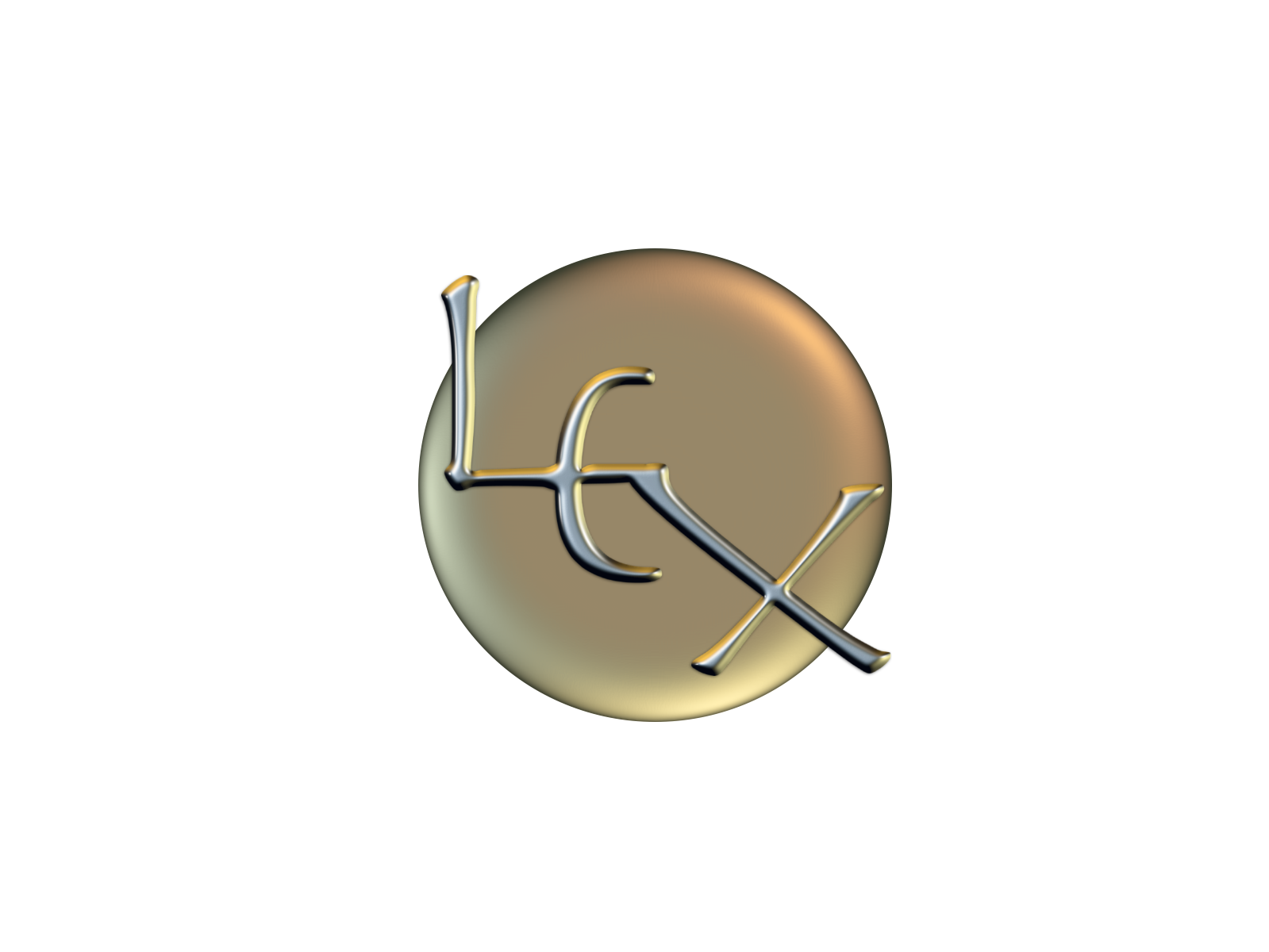I have a million things I need to write about Poppy, who is now officially a rising second grader. I have notes that I simply haven't had time to put into Shameless posts. This friendly little wave will have to do for now.
I saw her on Tuesday. I had gone into the nail salon for a pedicure, but when she saw me, she stopped what she was doing and came to work with me. Since I hadn't prepped a session, I just asked her what she was doing on her iPad, and we looked at it together. It was some kind of game (not spelling or language arts).
In one of the frames of the screen was a picture of a big wave, with the word tsunami underneath it. She pointed to it and said, "That's a tsunami." She had clearly played the game before and was familiar with the word and the picture. she pronounced it accurately
"Oh, that's a tsunami?" I said, seizing the opportunity. "If the word starts with [s], then why does it have a <t> in front of it?" I asked her earnestly.
She looked at the word, then announced, "Because, the <t> makes the quiet sound."
I aboslutely loved her answer! It's brilliant, and true. Yes, the <t> is indeed making a quiet sound. A <ts> digraph is sometimes pronounced as [ʦ] in loanwords, and sometimes as just [s]. I sat there awash in pride and satisfaction that she understands that silence is, in fact, something that letters can do.
Sorry, am I gushing? It's my normal response to a tidal wave of orthographic understanding.
